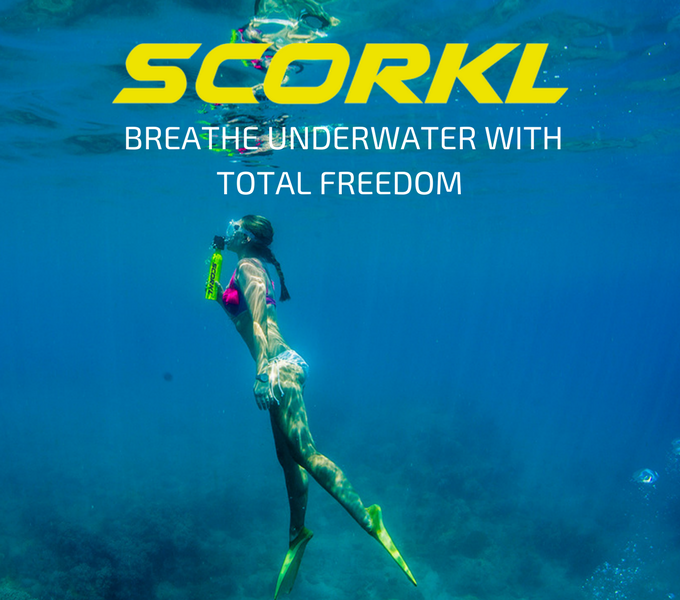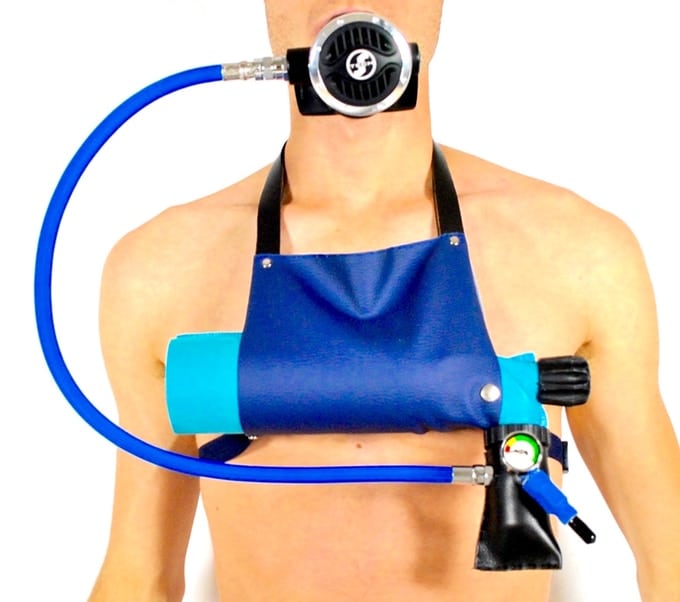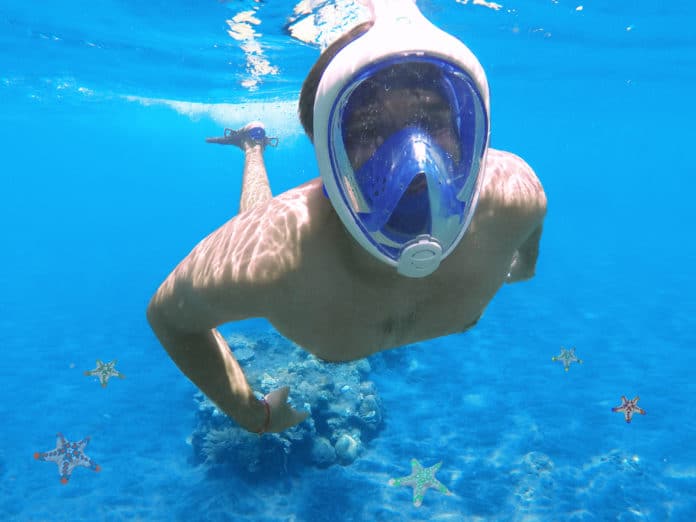Buyer Beware has been a phrase often said. It seems to be more important recently.
Since the early days of scuba diving, it has been mostly a self-regulating industry. There are very few locations around the world in which having a certification is required to go scuba diving. However, The accreditation agencies mandate that certification is required for air fills, equipment rentals and to join an organized dive. In reality, it is difficult to dive without certification. Things do change. Years ago, you had to be a certified diver to purchase items such as dive cylinders and regulators. Now a quick search on your favorite search engine and in minutes you have select what you want to add the cost to your credit card and it is on the way to you in a few days.

The internet has made the exchange of information very easy. Items that a few decades ago would require hours in a library researching can now be found in seconds from your mobile phone, which did not really exists a few decades ago. This ease of communication is great but it also has the risk that the information you find might not always be true and may, in fact, be deadly. Some of the questionable information includes topics related to scuba diving.
Devices That Try to Bypass Certification
or a Fast track to Death
Do it yourself (DIY) videos can be very helpful. A DIY video that tells you how to make your own “scuba” tank that you can fill yourself, to me not very helpful. There are dozens, if not hundreds, of videos online that are showing how to make your own tank. I will concede that in the early days of scuba diving most divers did build their own scuba tanks. However, they were often using equipment that was just being re-purposed. Aircraft breathing systems were modified to meet the different requirements of the underwater world as an example. Also at that point in time, scuba diving was considered a high-risk activity. Death was not uncommon and most divers had the bends at least once. Many of the topics we learn now in our open water divers courses were unknown concepts back then. Our certification training has created in us the basic knowledge we need to stay safe. Our equipment has been engineered to safety standards that make failure unlikely when properly maintained.
One of the most common methods shown is using a chemical sprayer. One of the videos has almost 400,000 views and about 600 comments. That video has you using baggage straps as webbing to make it into a backpack with a waist belt connected to it. They also tell you to strap 6 kg of weights to the chemical tank and to strap another 2 kg on a belt around your waste. The built-in pump of the 8-liter sprayer is supposed to be able to bring the pressure inside the sprayer to 3ATM. Underwater the user places the hose in his mouth and uses the button on the nozzle to release the air to breathe. Besides the concept of using a chemical sprayer to breathe underwater what really concerns me is the number of positive comments. There are many negative comments, mostly by divers, that warn of the dangers of breathing compressed air. Those comments have been attacked saying the divers do not know what they are talking about. One poster pinned to the top said, that the dive instructors are only trying to keep their jobs. That with a device like this no one needs to be certified.
New Takes on Current Devices
A while back, I wrote an article on alternative air sources. In that article, I mention the use of a product called Spare Air. That article was shared on some social media sites and created a great deal of discussion. There were those in favor of using the device and those that said it created a false security. The arguments focused on how long the air would last and would it return you to the surface. Spare Air was designed for scuba divers to use in an emergency. Granted some other water sports enthusiasts such as surfers also use them, they are marketed to a select market. Even members of the target group, scuba divers, do not agree if it can be trusted. Spare Air is filled from a scuba tank or by a scuba tank compressor.
Now in the crowdfunding stage of development are two products very similar to the Spare Air. Scorkl and Minidive are two projects that are similar in nature to Spare Air. In fact, the Scorkl product looks almost identical to Spare Air. However here is the twist, they are being marketed as an alternative to scuba gear. One marketing approach used calls it an “alternative to expensive scuba lessons”. They give you all the benefits of scuba but without the cost.

The tanks bypass the requirements of being filled at a scuba center that will ask for certification by filling by hand. The claim is they can be filled by a “bike” style hand pump to 200 bar/3,000 psi. Many people jump on the disbelief train saying it could not be pumped by a hand pump. However, the pump is not a bicycle pump but is similar to what is used to pump up paintball guns. These multistage pumps can pressurize a paintball tank to 200 bar/3,000 psi. It will take about 30 to 45 minutes for most people. One of the companies has an electric compressor option that refills the tank in less than 3 minutes.
In fairness, I must say that both of the companies have warnings and disclaimers about the dangers involved and recommend that, if you are not a diver, you do not to go deeper than 3 meters. Still, how many people can judge how deep they are. They also note that the devices have pressure gauges for you to tell how much air is left. However – many certified divers run low on air because they do not check their gauges frequently enough, how can they expect someone not trained to follow how much air they have used.
Knock Off Snorkel Mask
A previous article here on DeeperBlue.com concerned safety issues with full face snorkeling mask. There have been a number of incidents some of them fatal that has led to concern in a number of different location.
There are a few reputable companies that have a full face snorkeling mask in their product line. I am certain that the engineering and safety studies done by these firms have allowed them to produce a safe product. As they have no means to pinch the nose to equalize and many people are not comfortable with the jaw method of equalizing, they have limited use other than near the surface.
The problem, in my humble opinion, is with knockoffs. Companies that copied the basic look without including all of the safety features. Carbon dioxide build-up has been cited as a concern with full face mask. Since the air you exhale has a larger percentage of carbon dioxide than the air we normally breathe in, it should not be inhaled again. The full face mask volume does not allow the full exchange of gases within the mask. The design of some mask is such that the air exhaled is removed from the mask directly. Therefore it is not inhaled again. Most of the knock-off designs do not have these features.
To properly work as a mask, there must be a waterproof seal. Generally with a dive or snorkeling mask, if water leaks in, we will just need to clear it, The worst that happens is that the water stings our eyes. In this usage, a leak into the mask risk water getting into your airway. Therefore the seal is very critical. You really need a good quality of material to get a seal that will consistently work. The cheap mask will not be able to use the more expensive materials and keep such a low price.
To counter the seal is the point that the mask must still be easy to remove. If the snorkel was to remain close while at the surface, you would not be able to breathe. You would need to remove the mask rapidly. Some of the masks have been found to be difficult to remove.
Many people have been using the full face snorkeling mask for a long time and have no problems with them. Still, the concern is real. Hopefully, we will find the answer and a safe means to use this style mask for those that do want to use them.
Buyer Beware — Be Careful Out There
Crowdfunding has made it easier for products to come to the market, or at least be presented to a potential market. Often without any review of safety or even if it is possible. Before you go funding in the past, you often had to prove to experts your product was safe and it would sell. Not anymore. As the Triton underwater breather scam showed, people will believe what is written even when it is not really believable. Cheap knock-offs are harder to stop now it seems as well. As a popular television police drama always said: “Be careful out there”.

